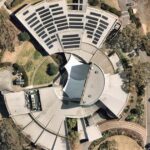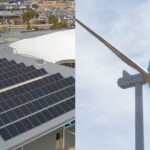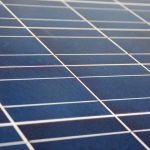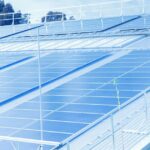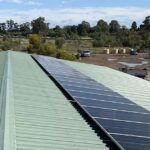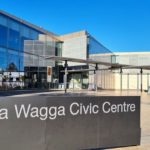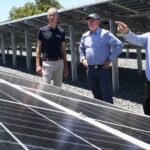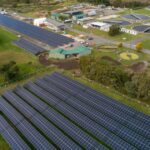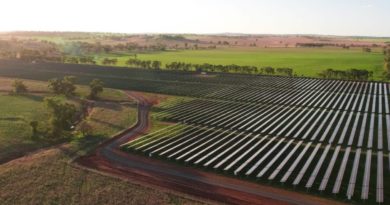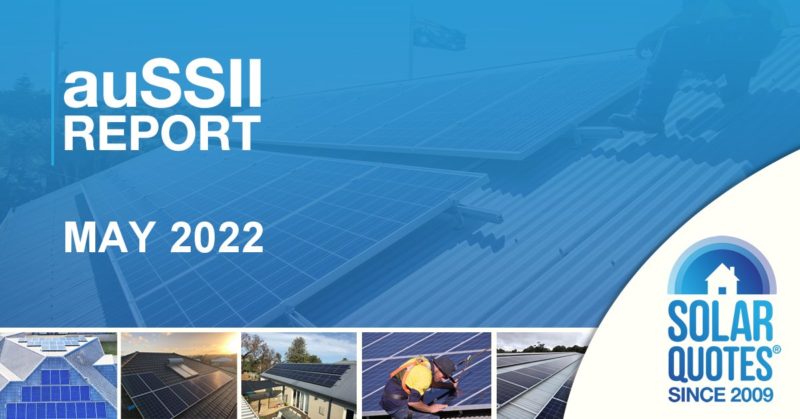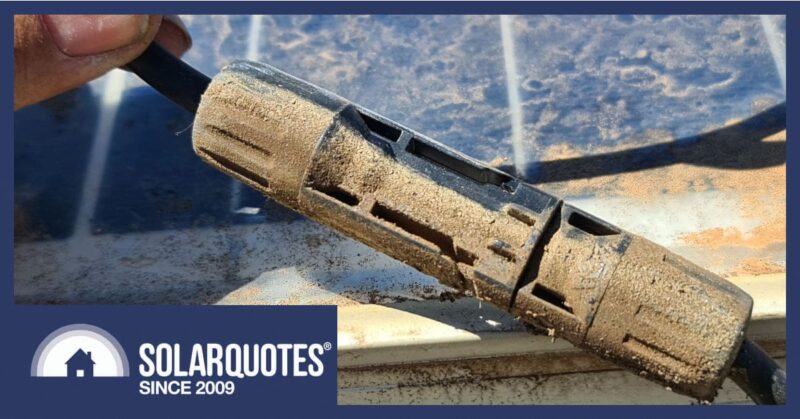Whittlesea Council Aiming For Net Zero Emissions By 2022
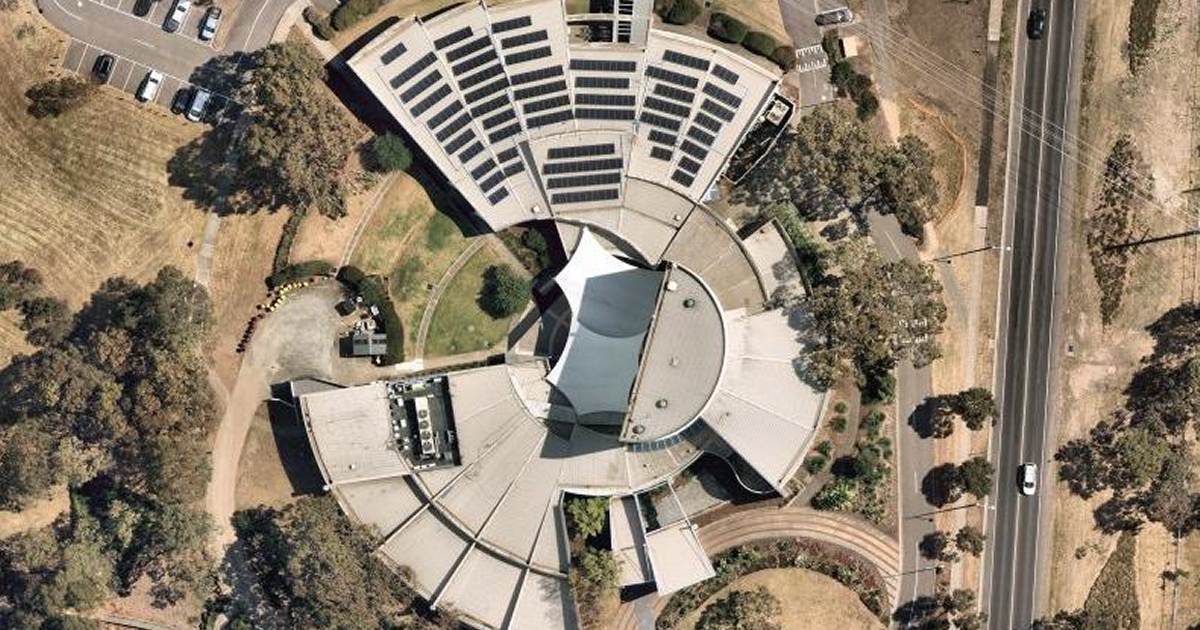
Victoria’s City Of Whittlesea Council has adopted a plan that sets it on a path for net zero emissions by 2022; with solar power continuing to play a significant role.
The City of Whittlesea is a local government area in the outer northern suburbs of Melbourne covering an area of 490 square kilometres and is home to more than 220,000.
Council has already made significant inroads in its carbon reduction efforts, and through an ongoing energy efficiency and renewable power program it has reduced operational annual emissions by 5,922 t.CO2e since 2011. This has also had a significant financial benefit, delivering $1,175,000 in operational savings annually.
In October last year, the City of Whittlesea’s Executive Leadership Team endorsed a target of becoming a zero net emissions organisation. Yesterday, its Zero Net Emissions 2022 Council Energy Transition Plan was released.
Here are some of the actions that will be taken.
More Solar Power
Solar energy has been an important part of its success to date, with a very impressive 1MW+ of solar panels installed across 60 Council buildings; including the Plenty Ranges Arts and Convention Centre in South Morang (pictured above). Existing installed solar capacity is generating enough energy to meet around equivalent to 20% of the total electricity demand across Council’s building assets.
And there’s more to come.
The road ahead sees a further twenty buildings to have up to a collective 500kW of solar power capacity added over the next three years, and as batteries become cheaper, energy storage will also be integrated.
That will take Council up to 30% of its electricity needs supplied from on-site solar energy generation. Past that point it seems Council will run out of viable roof space. For the remainder of its electricity needs, and as Council’s current electricity supply contracts end, it will be utilising Power Purchase Agreements (PPAs) and other renewable power retail options to take their place; ensuring electricity supply is 100% renewables-based.
More Lighting Upgrades
Council has already upgraded 12,500 street lights with LED and CFL lamps, but there are still approximately 10,000 street lights to be changed. Council’s bulk street light changeover program is projected to change all remaining old-style street lights to LEDs over the next few years, with 2,500 scheduled to be changed by the end of June next year.
Offsetting And Avoiding Gas Use
Council recognises that while it continues to use gas for applications such as heating water and office heating systems, it will not be a 100% renewable energy based organisation. While early decommissioning of existing gas infrastructure would be costly, third-party emissions offsets will be purchased and gas infrastructure will be avoided for future building projects.
Commenting on the Plan, Manager Major Projects Nick Mazzarella said:
“We know this kind of action makes a difference, and we hope our commitment in this area inspires others in our community to follow suit.”
It seems the community has already switched on to the carbon reduction and electricity-bill busting benefits of solar systems. In Whittlesea, solar panels are popular as they are elsewhere in the LGA. More than 1,000 small-scale solar systems with a collective capacity just north of 5MW had been installed in the 3757 postcode area by the end of August this year.
City of Whittlesea’s Zero Net Emissions 2022 Council Energy Transition Plan can be viewed here.
Original Source: https://www.solarquotes.com.au/blog/whittlesea-solar-power-mb1733/



